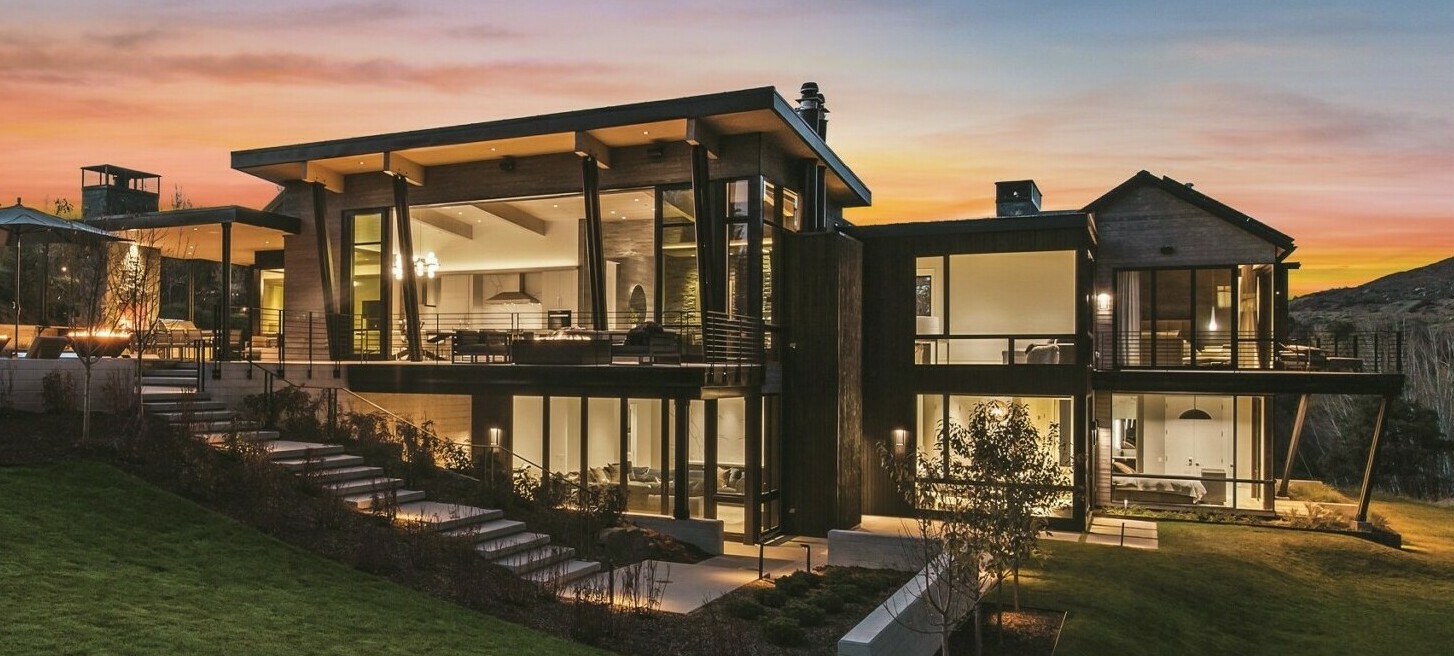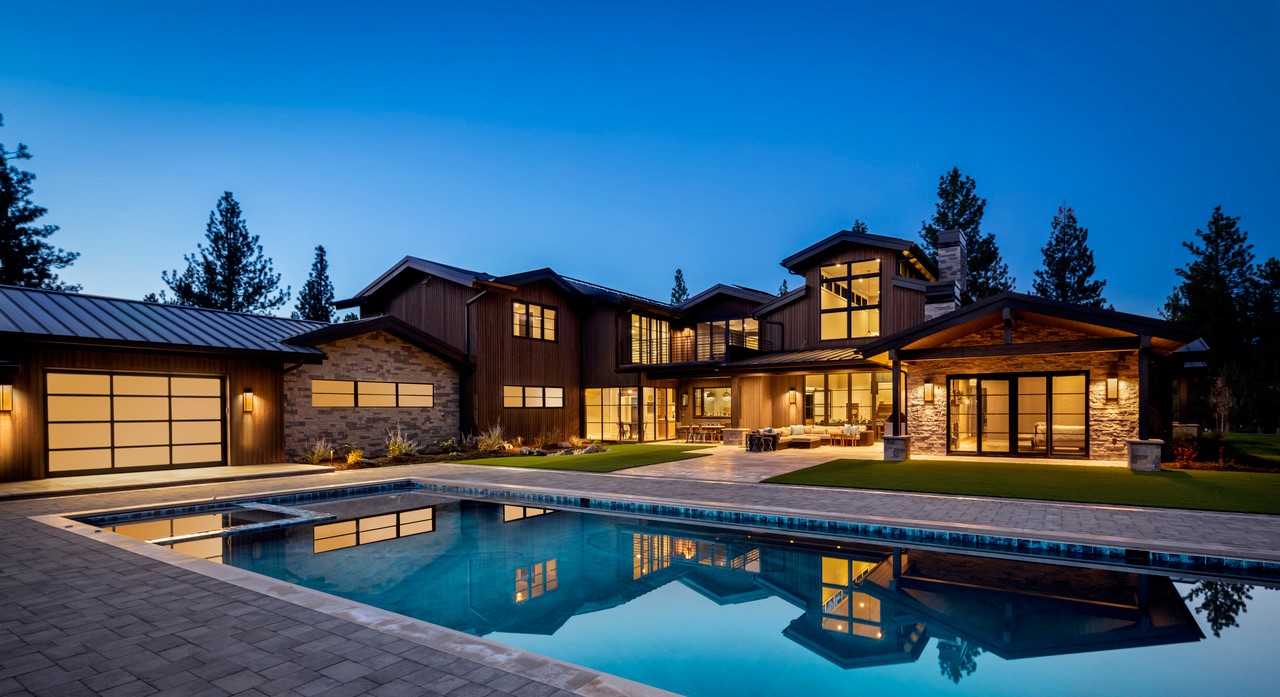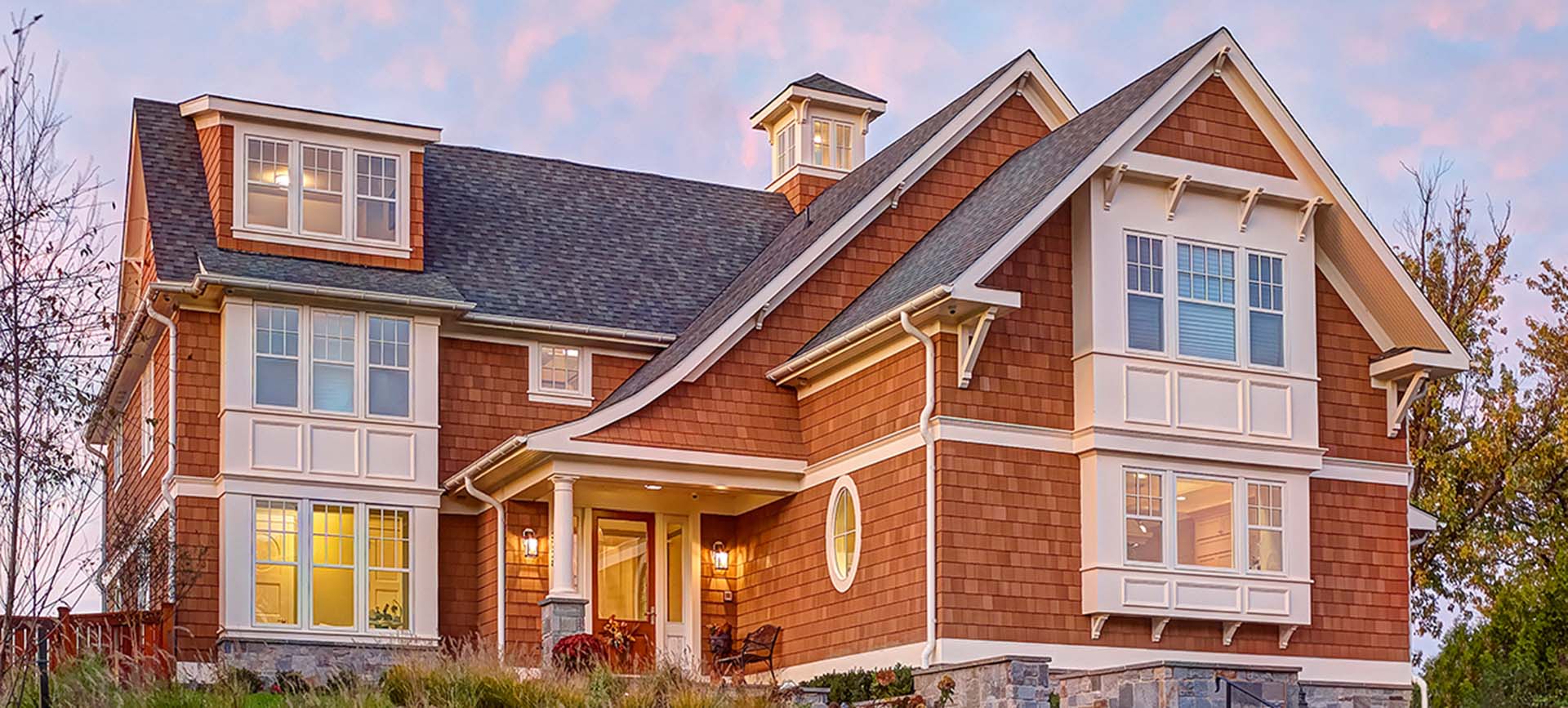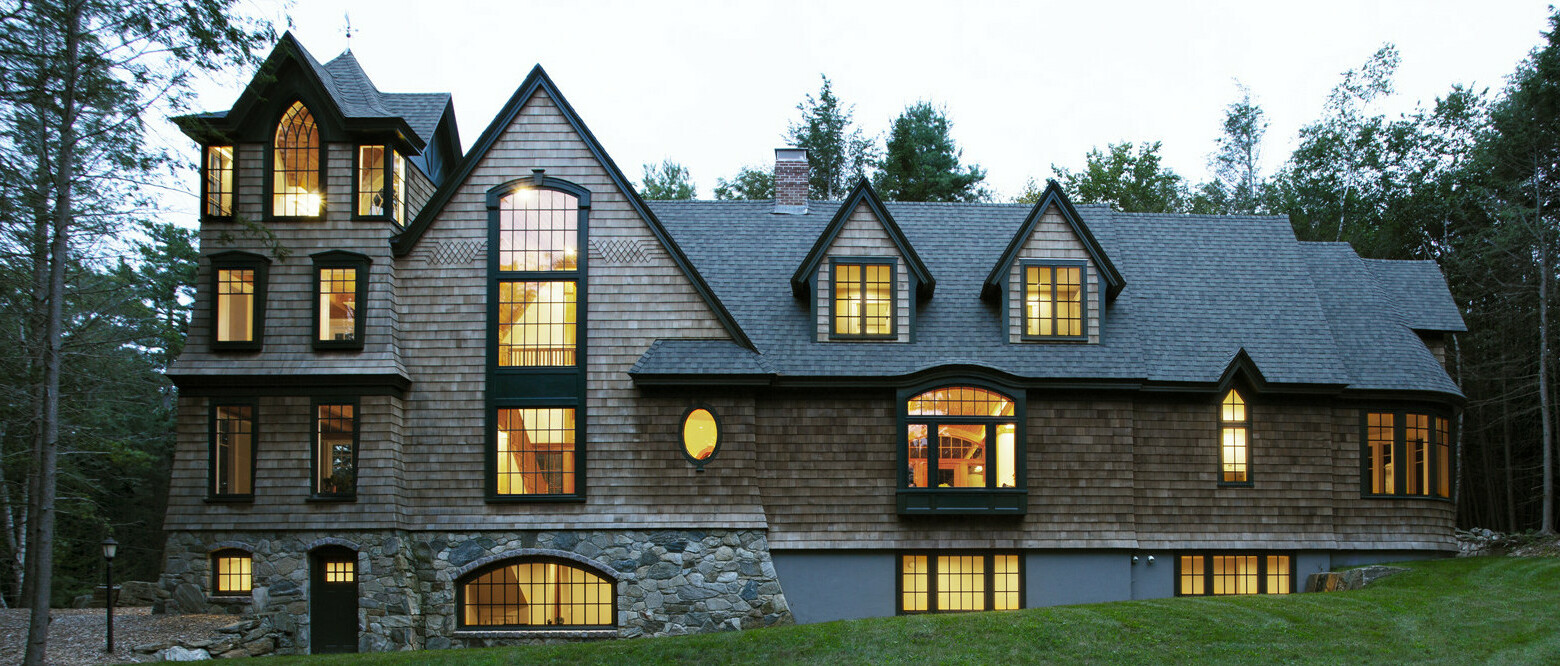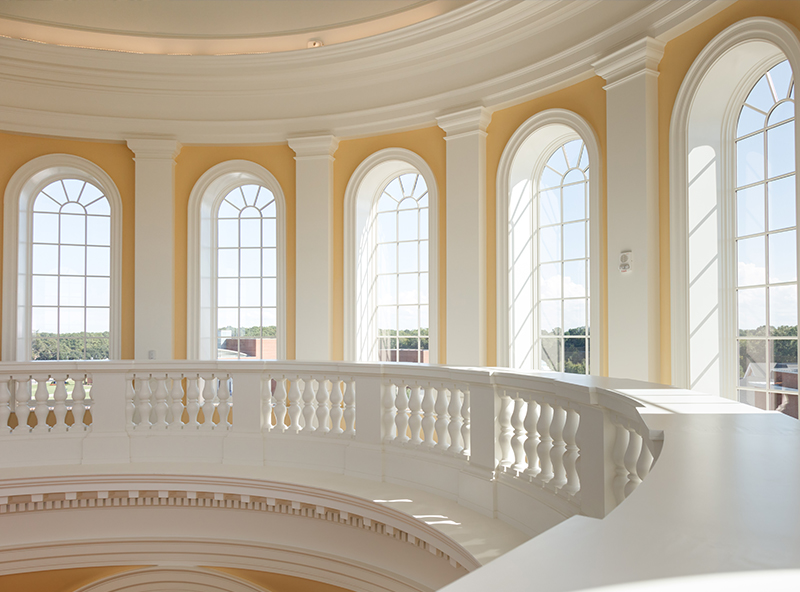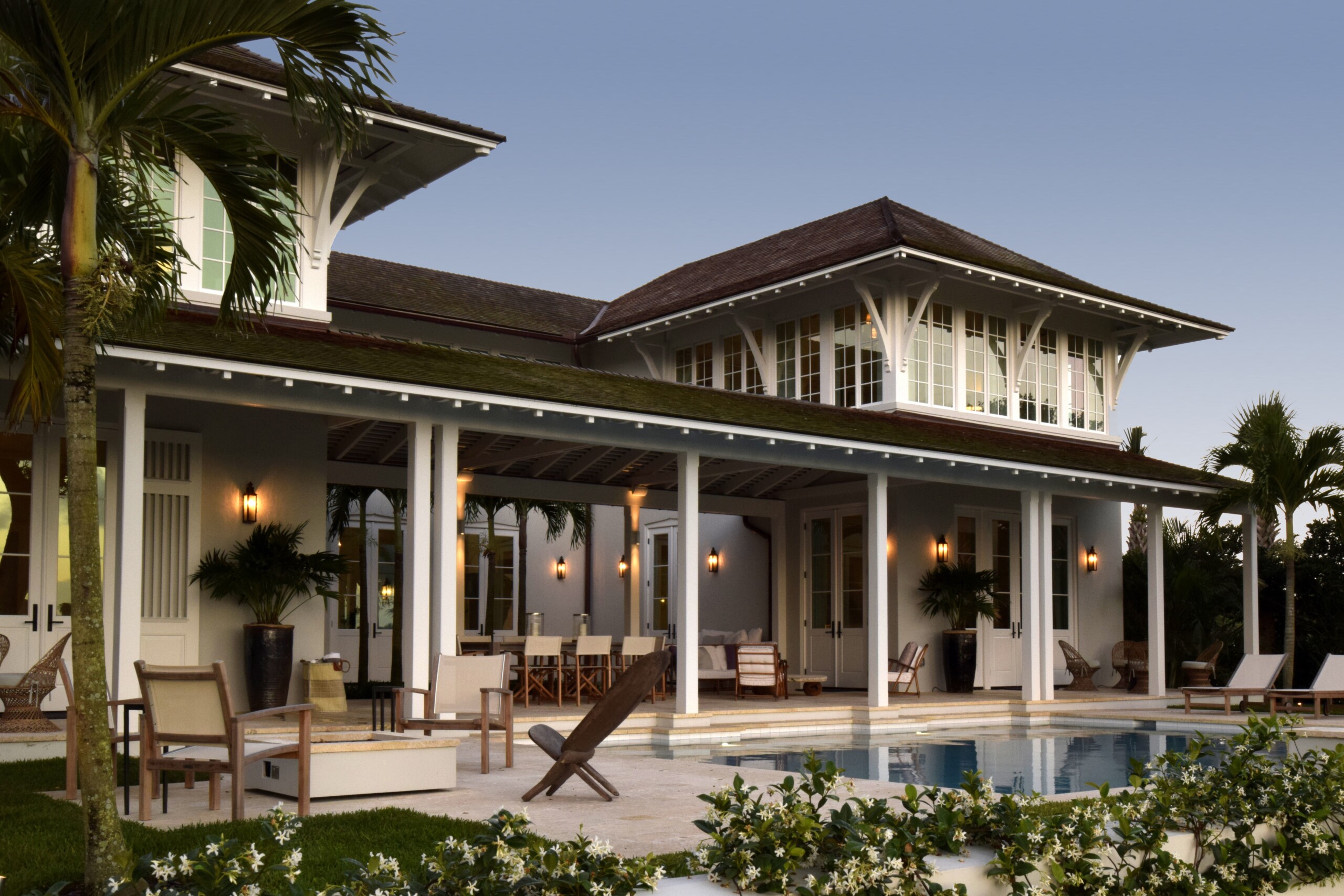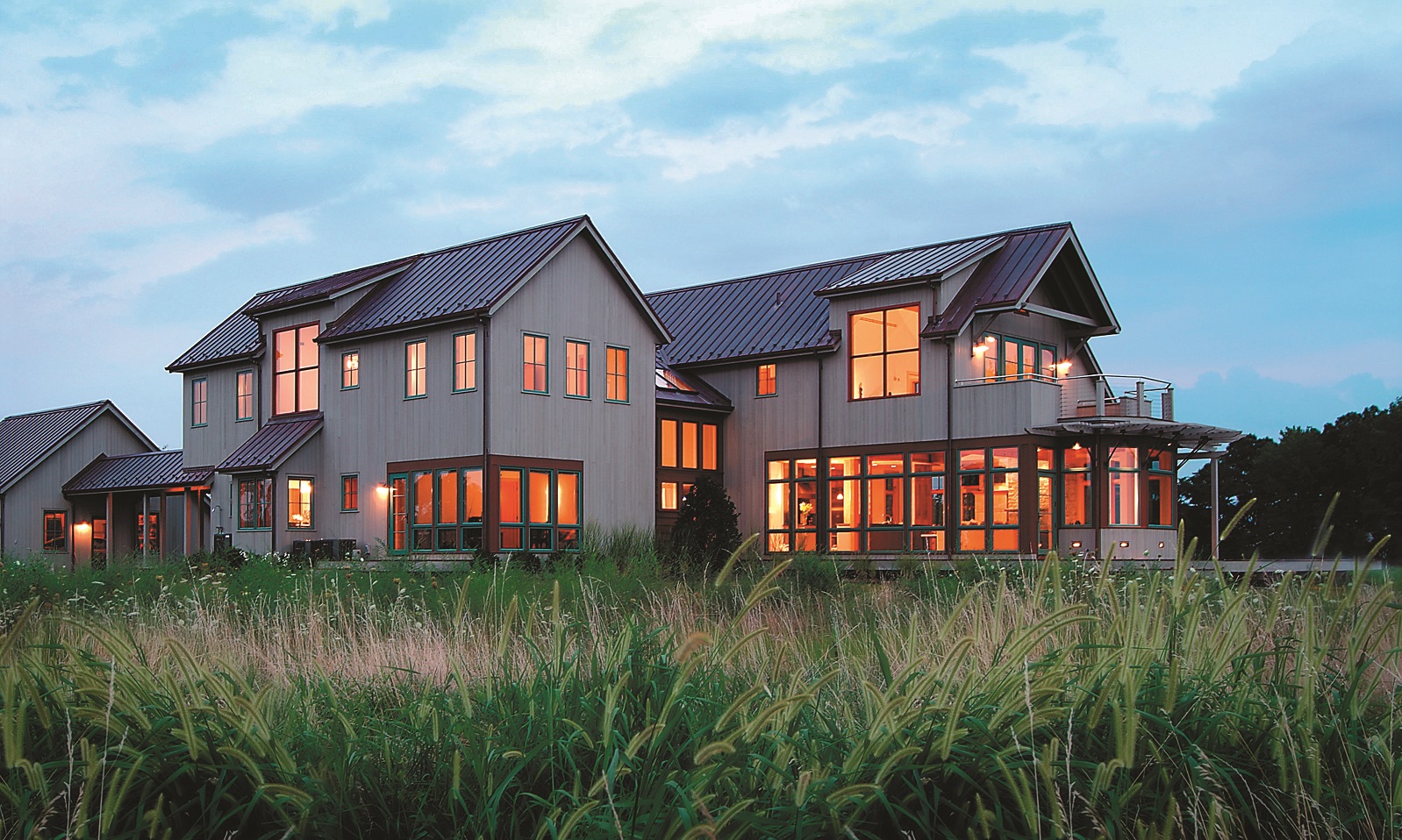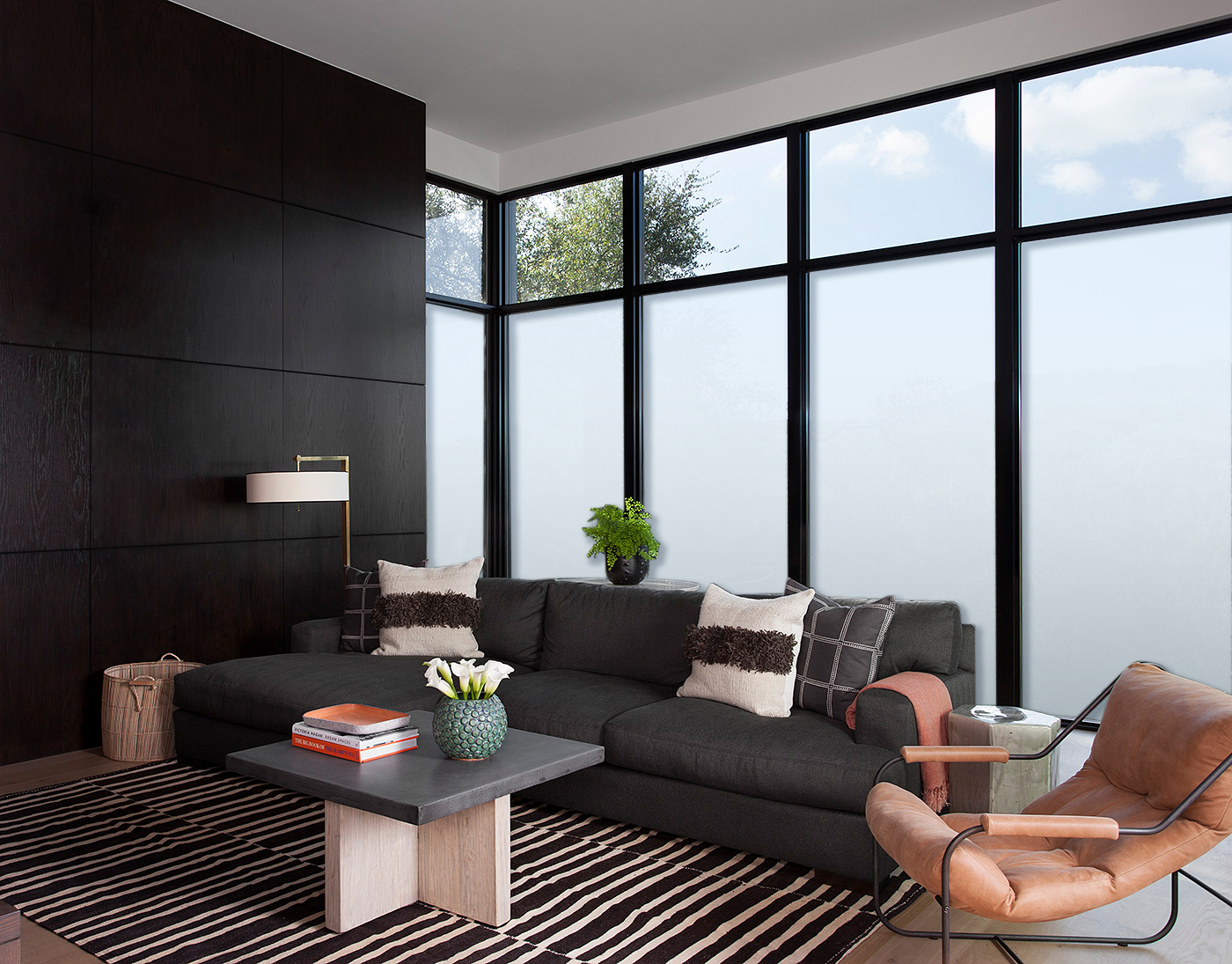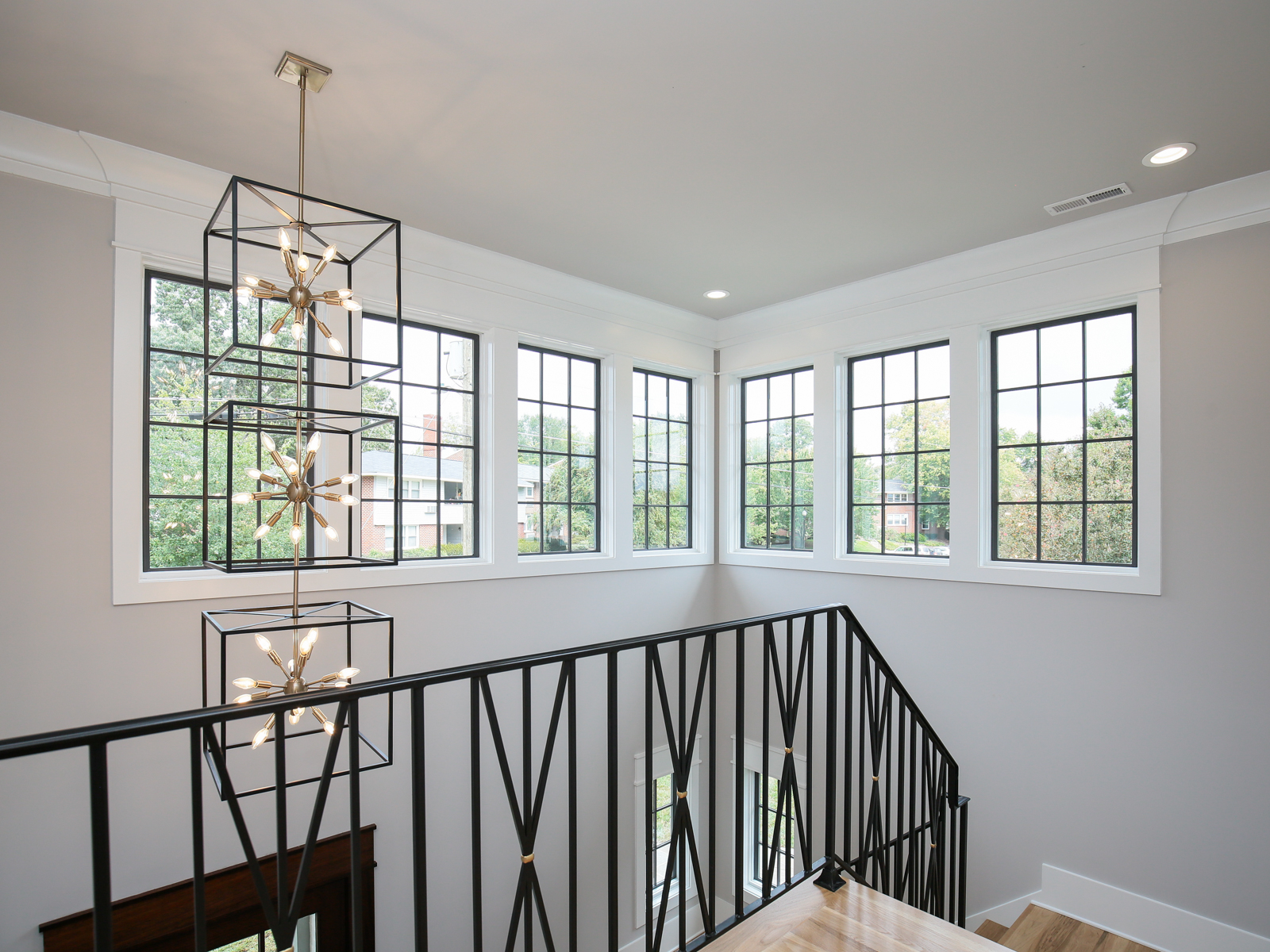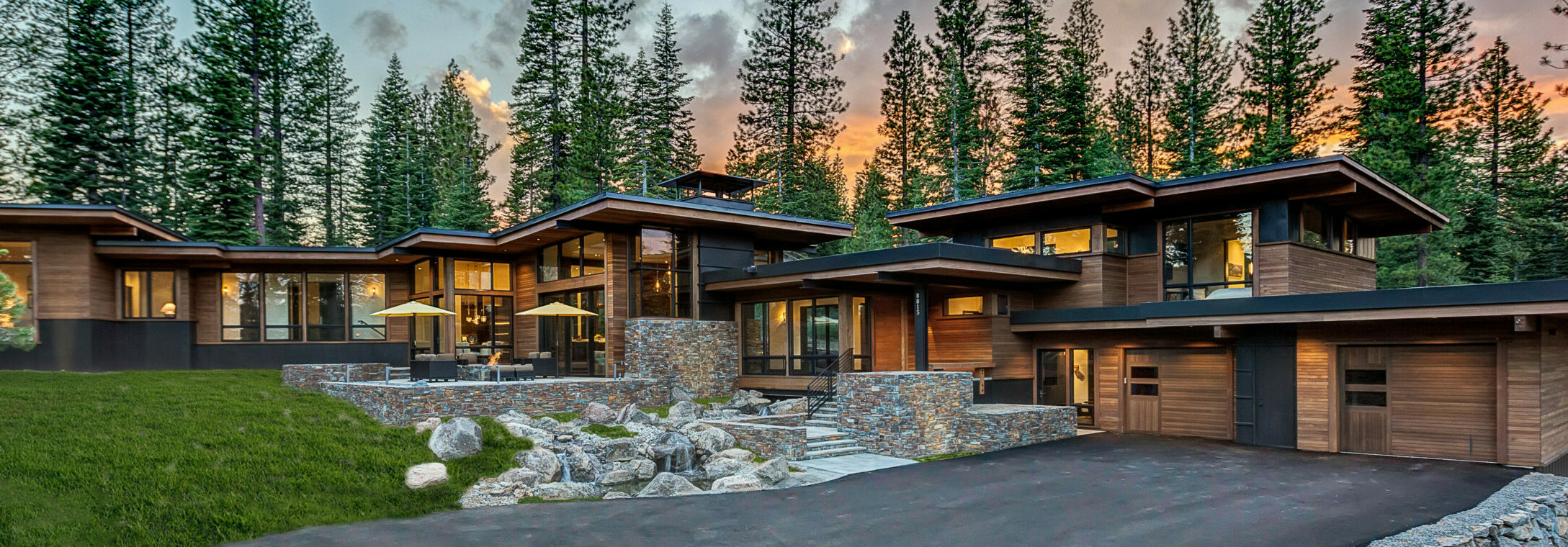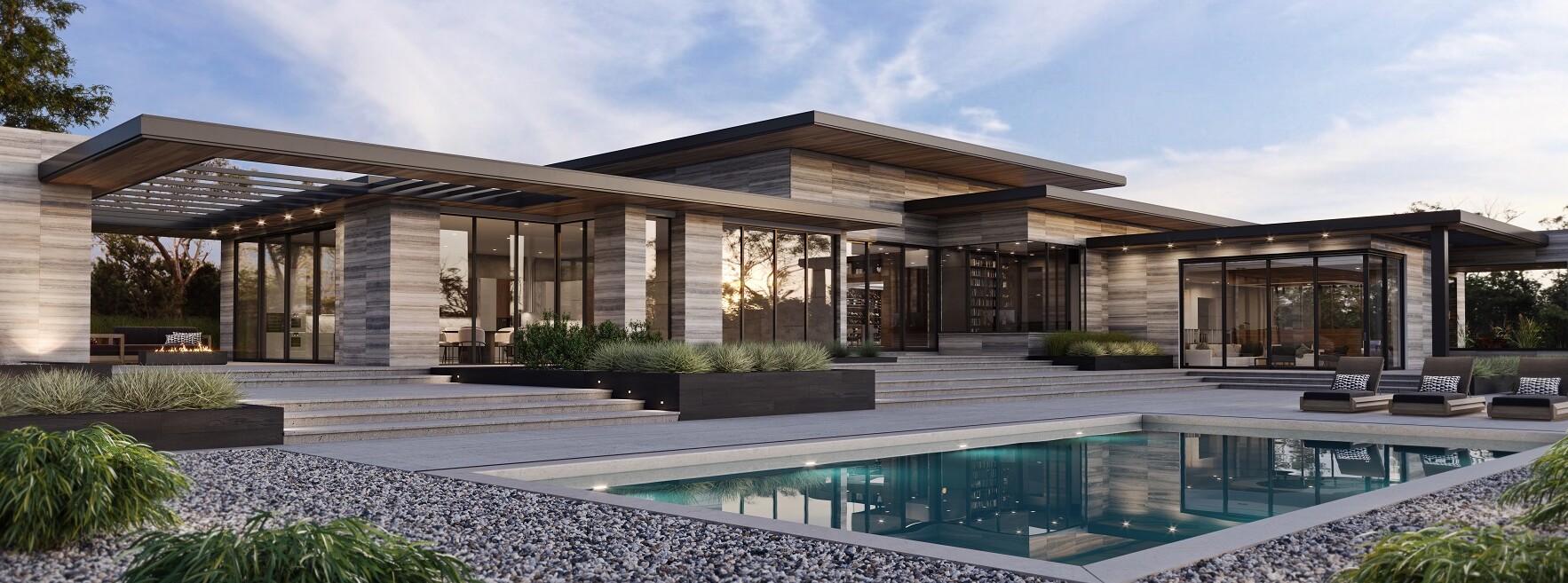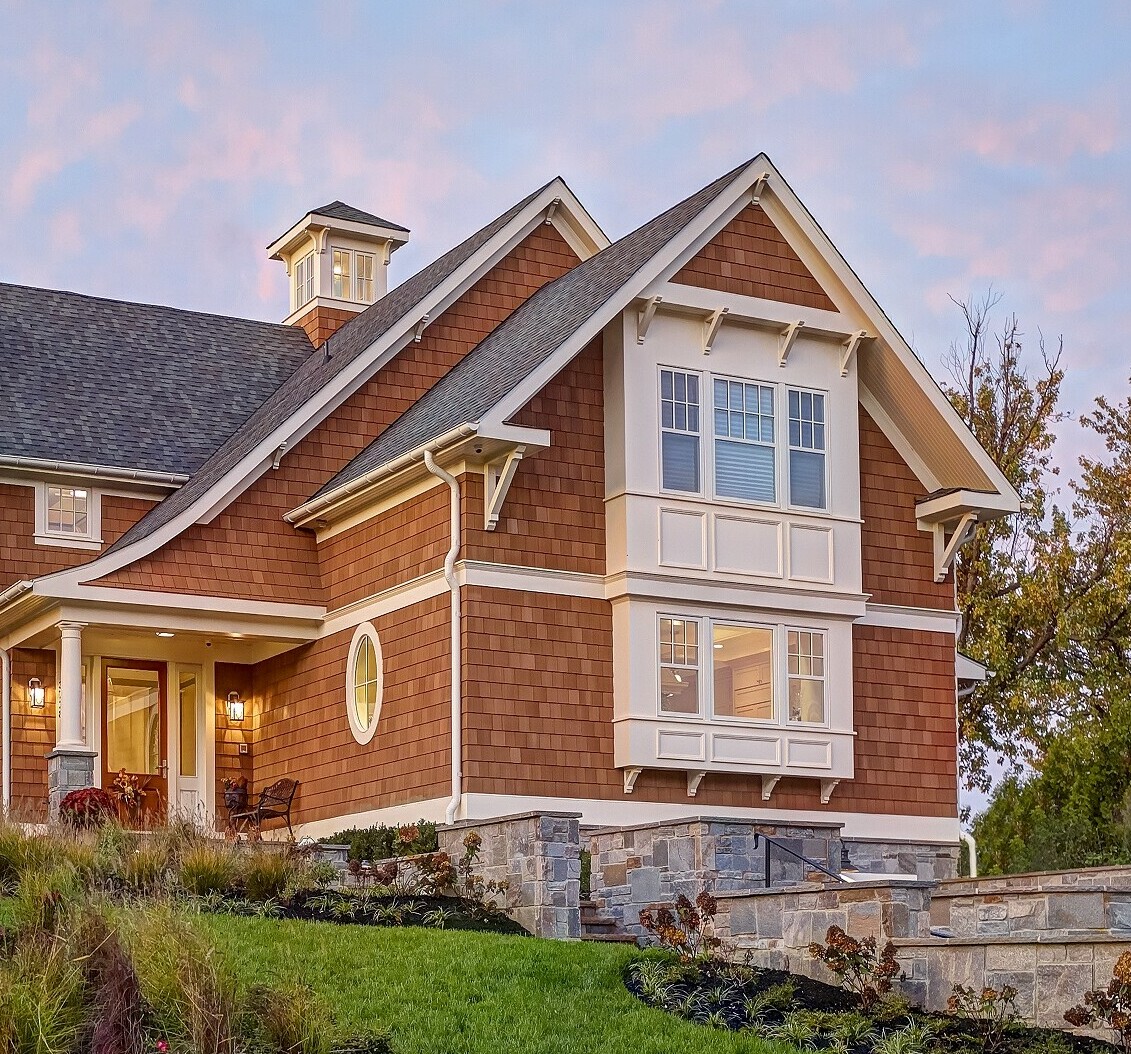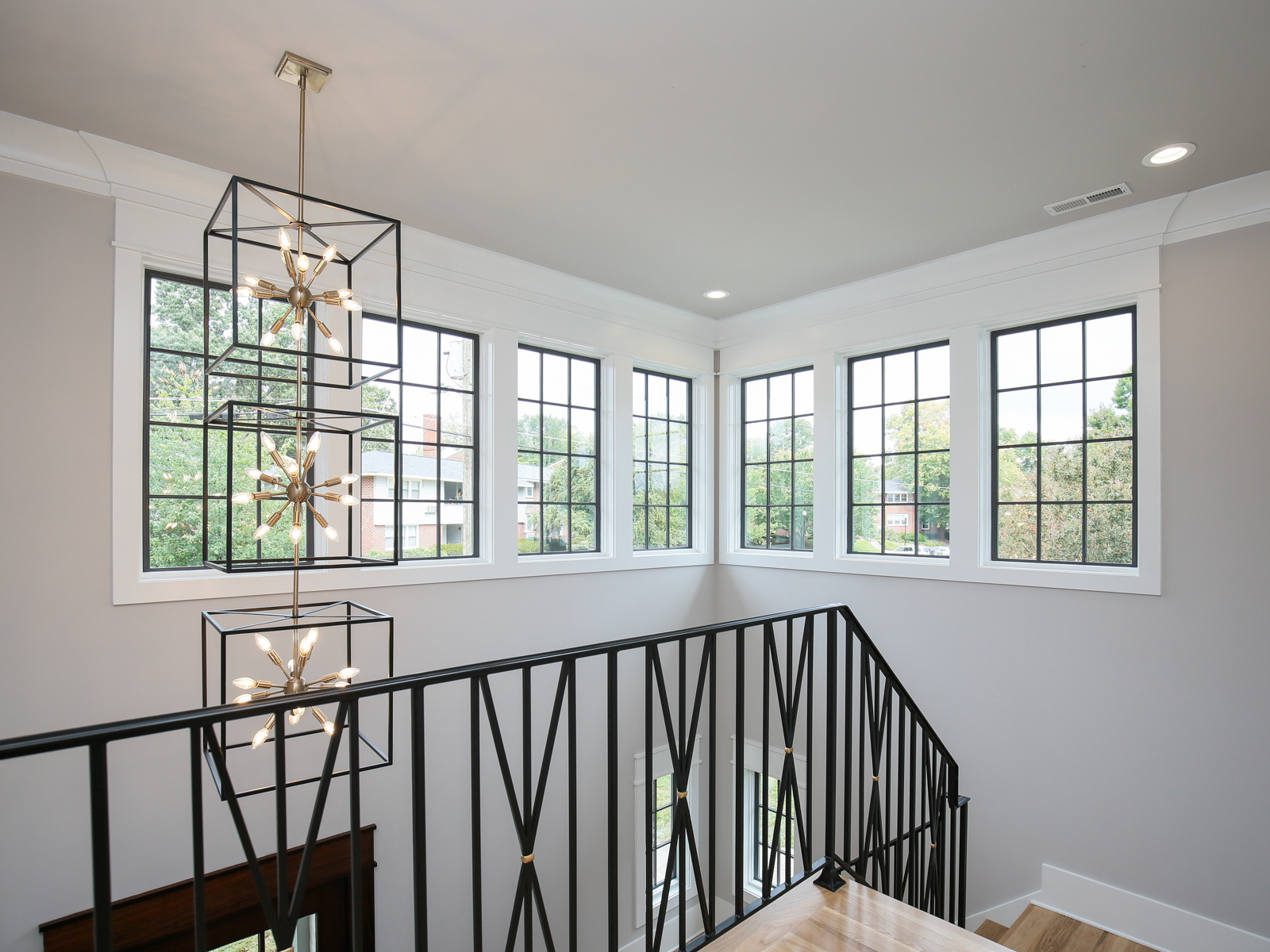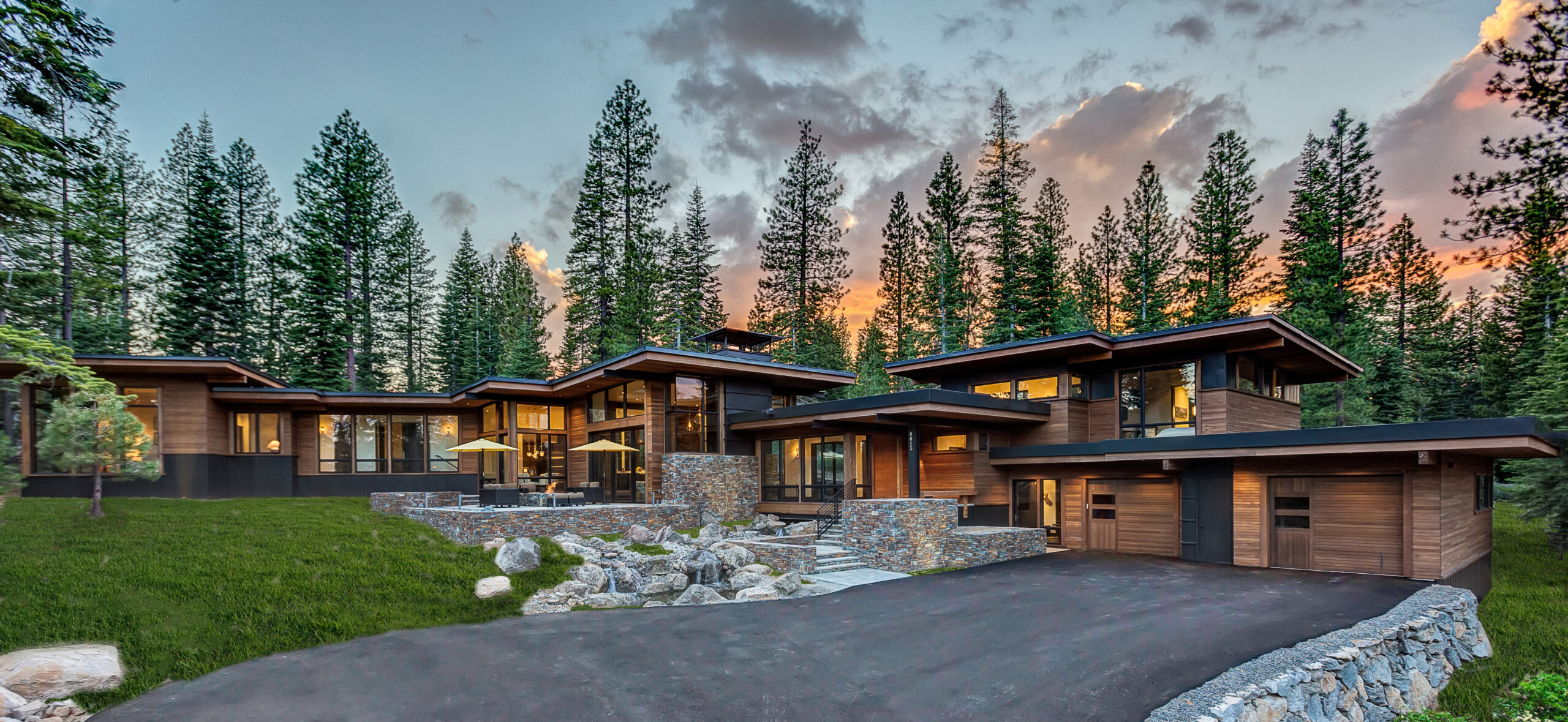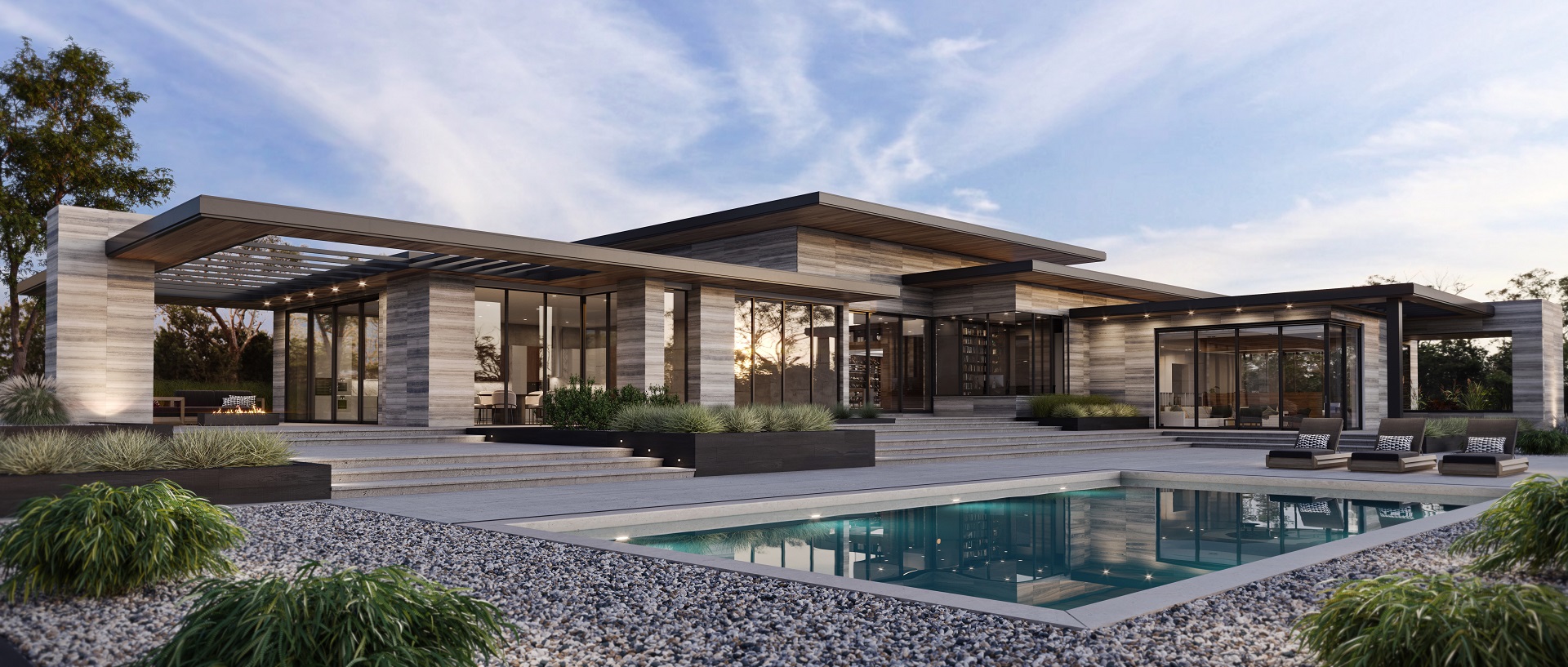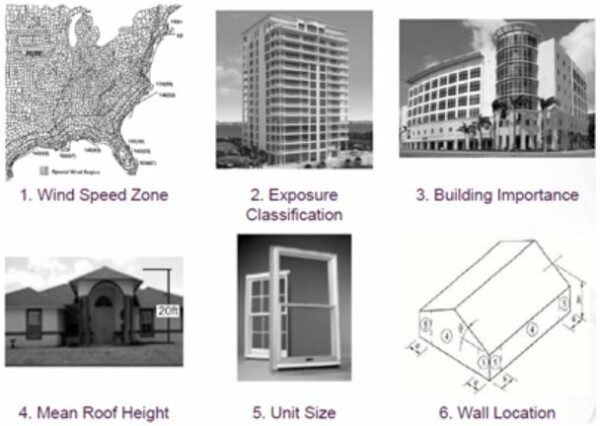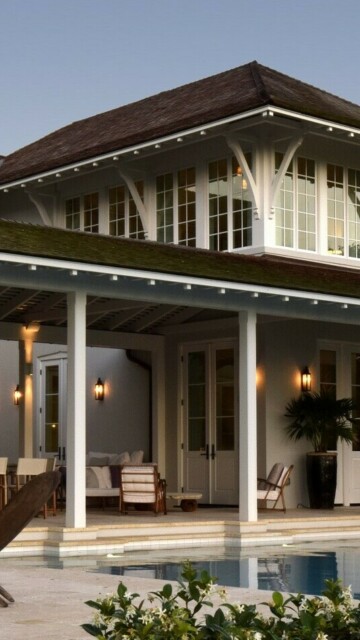
debris, damage and building codes
Hurricanes cause flying debris, which can break through windows and doors and thereby allow pressure to quickly build up inside a building and cause severe structural damage. Impact-resistant windows and doors help maintain the integrity of the building envelope.
Code changes to protect buildings have included:
-
High design pressure (DP) ratings for windows and doors
-
Wind-borne debris protection in specific regions for all openings
-
A cyclical pressure test — simulation of negative and positive pressures of a hurricane
-
Energy-efficiency requirements as wind-borne debris codes move north
The American Society of Civil Engineers (ASCE-7) can help you determine the proper wind speed delineation zones for a specific area, as adopted by the International Building Code.
Design loads represent wind load pressure for which a product is designed. Here’s a path for how a design load is determined:
determining design loads
Wind-relevant building codes are the:
-
International Building Code* (IBC) for commercial construction
-
International Residential Code* (IRC) for residential construction
-
Florida Building Code (FBC) for all construction
* Includes ASTM E1886 (missile impact and cyclic pressure loading) and ASTM E1996 (wind-borne debris)
In addition, various entities with wind-borne debris standards are the Texas Department of Insurance, Miami-Dade County, State of Florida, the Window & Door Manufacturers Association and the American Architectural Manufacturers Association.
Some Florida counties require full compliance to Miami-Dade County standards. A local code office can override a state standard. It’s important to note that an architect or engineer determines the right product performance and code approval for a project.
Product options for wind speed zones
Glazed-glass openings must be protected with impact-resistant panels or shutters or via an impact-resistant glazing system, which incorporates laminated glass for meeting wind-borne debris requirements.
For product approvals related to wind-related test standards, request a copy of the approval from the manufacturer.
proper installation
High DP ratings and impact-resistant products may require specific installation (often more in-depth than standard product installation). The installation method used for the independent certification of a product is critical to a product’s overall performance.
For energy efficiency, install code-approved products with insulated Low E glass. Look for impact-resistant windows and doors with the ENERGY STAR® seal.
weather shield premium coastal products
Weather Shield Premium Coastal aluminum-clad wood windows and patio doors are specifically designed for distinctive homes in coastal climates. Weather Shield Premium Coastal products include casement windows, awning windows, double hung windows, special shape direct set windows and hinged patio doors.
Premium Coastal products offer comfort, aesthetic appeal and degrees of protection from wind-borne debris. Choices in these windows and doors range from single-glazed impact that offers the traditional protection that predominantly meets the stringent Miami-Dade County testing requirements, to Zo-e-shield™ Coastal, which combines insulated impact-resistant glazing with the energy efficiency of Zo-e-shield.
weather shield aia courses
Weather Shield is committed to expanding the skills and knowledge of design professionals through quality, relevant education. As a registered AIA/CES provider, Weather Shield offers informative AIA-registered continuing education courses for architects. For more information, visit the Continuing Education section on www.weathershield.com.
